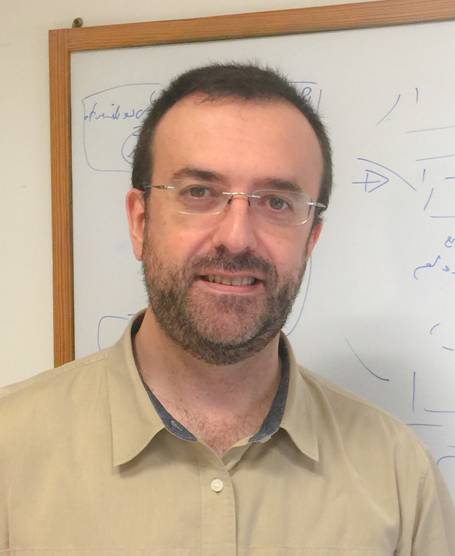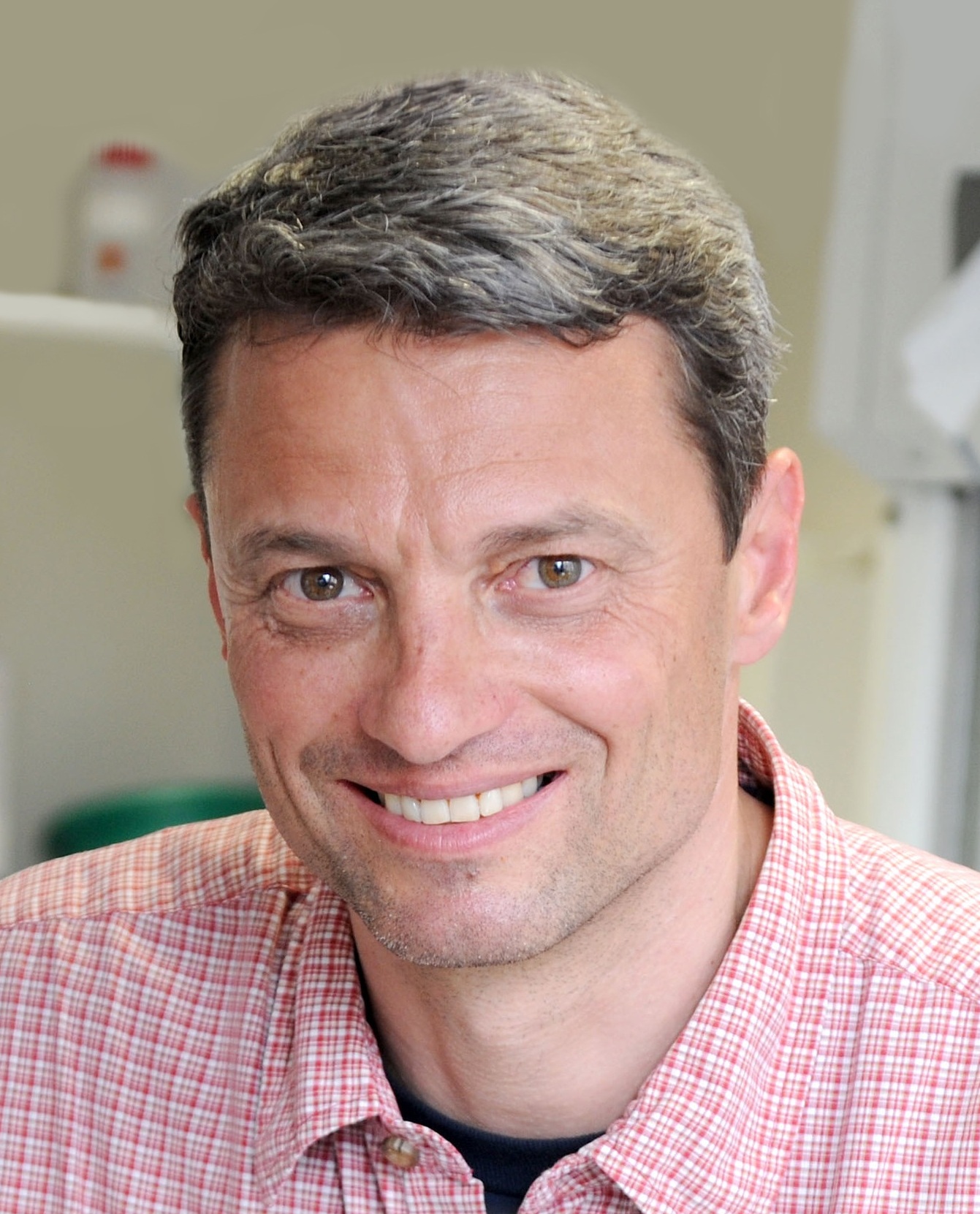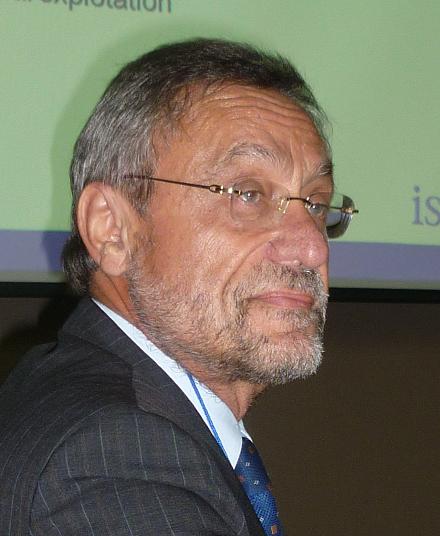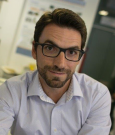|  Alberto PALMERO Alberto PALMERO
"Fundamentals and Applications of Highly Porous Coatings Grown by Vacuum and Plasma-Assisted Techniques at Oblique Angles"
Dr. Alberto Palmero is a tenured scientist at CSIC (Spanish Council of Research). He started his research career at the University of Seville (Spain) by modelling and characterizing argon and oxygen plasmas employed to grow thin films by chemical vapor deposition techniques. After that, he continued his activity at the Utrecht University (The Netherlands) focusing on the plasma-assisted reactive magnetron sputtering technique and, particularly, on the transport of ballistic species in the plasma gas and thermal phenomena in the plasma reactor. Since 2008 he leads a research line at the Materials Science Institute of Seville (Spain) in the research group Nanotechnology on Surfaces, aimed at fine tuning atomistic phenomena on surfaces to grow “a la carte” thin films. His research encompasses several areas, from plasma dynamics and plasma-surface interaction to the description of surface nanostructuration phenomena in dynamic, far from equilibrium, situations. A key aspect in his activity resides in the combined approach between computer simulations and fundamental experiments to achieve accurate control of the film nanostructure, as well as the subsequent development of prototype functional devices. Nanotechnology on Surfaces Research Group (webpage: http://sincaf.icms.us-csic.es/ and http://nanoscops.icmse.csic.es/ ). Address: AmericoVespucio 49, 41092 Seville, Spain. Email: alberto.palmero@csic.es
|
|  Andreas HIERLEMANN Andreas HIERLEMANN
"CMOS-Based Monolithic Microelectrode Systems for Subcellular-Resolution Electrophysiology and Sensor Applications"
Andreas Hierlemann completed his college education in chemistry at the University of Tübingen, Germany, and was awarded a Ph.D. degree in 1996. He then held Postdoctoral positions at Texas A & M University, College Station, TX, USA, in 1997, and at Sandia National Laboratories, Albuquerque, NM, USA, in 1998. In 1999, he joined the Department of Physics, ETH Zurich, Switzerland, where he was appointed Associate Professor in June 2004. In April 2008, he became a Full Professor in the Department of Biosystems Science and Engineering (BSSE), ETH Zurich, Basel. His research interests include the development and application of microsensor, microfluidic, and microelectronic technologies to address questions in biology and medicine with applications in the fields of systems biology, drug testing, personalized medicine, and neuroscience. For details, see http://www.bsse.ethz.ch/bel/.
|
|  Giorgio SBERVEGLIERI Giorgio SBERVEGLIERI
"Functionalization of Metal Oxide NWs for Chemical Sensors and Electronic Noses"
Prof. Giorgio Sberveglieri received his degree in Physics cum laude from the University of Parma (Italy), where he started in 1971 his research activities on the preparation of semiconducting thin film solar cells. He is currently Director of the (http://sensor.unibs.it) SENSOR Laboratory the Brescia Section of CNR – INO (National Research Council – National Institute of Optics). In 1988, he established the Sensor Lab, mainly devoted to the preparation and characterization of chemical sensors based on nanostructured metal oxide semiconductors either in form of thin film or more recently as nanowires and nanobelts. The main applications of the innovative sensor array developed in SENSOR Lab are in food safety, including drinking water and security. In 1994, he was appointed full Professor in Experimental Physics. He has acted as Chairman in several Conferences on Materials Science and on Sensors including IMCS 206 (11th International Meeting on Chemical Sensors), EUROSENSORS 2014 and ISOEN 2009. He has been for six years the Dean of Materials for Engineering Doctorate School and for six years Director of the Department of Chemistry and Physics of University of Brescia. During the 45 years of scientific activity he published more than 500 papers in international journals; he presented more than 250 Oral Communications to international congresses (15 plenary talks and 50 invited talks). His Hirsch factor is 63. In the 6 Framework Program of European Union he was the Coordinator of the EU Project NANOS4 (Nano-structured solid-state gas sensors with superior performance). In the 7 European Framework Program he was the Coordinator of the joint Project between European Union and Russia "Surface ionization and novel concepts in nano-MOX gas sensors with increased Selectivity, Sensitivity and Stability for detection of low concentrations of toxic and explosive agents (S3)". In the 7 European Framework Program he is the Coordinator of Project SNOOPY (Sniffer for concealed people discover).
ORCID: http://orcid.org/0000-0003-0080-8117
Google Scholar: https://scholar.google.it/citations?hl=it&user=xNXt0pQAAAAJ
SCOPUS: http://www.scopus.com/authid/detail.uri?authorId=7005099420
|
|  F. Javier DEL CAMPO F. Javier DEL CAMPO"Self-Powered Biosensors and therole of electrochromic materials"
Dr. F. Javier del Campo graduated in Chemistry from University of Strathclyde (1998) and the University of the Basque Country (1999). His doctoral studies (oxon, 2003) focused on the application of ultrasound to enhance mass transport in electrosynthetic processes. Following this, Javier joined Accentus plc., where he participated in several contract R&D projects involving large-scale electrochemical processes in the areas of metal recovery and organic matter degradation. In 2004 Javier joined CSIC’s National Microelectronics Centre, located in the Barcelona area. Since then, his work has focused on the miniaturization of electrochemical devices for applications mostly in Electroanalysis. Among these are micro-and nano- electrodes and their arrays, lab-on-a-chip devices relying on microfluidics and electrochemical detection, fuel cells, and small, autonomous electrochemical instrumentation. For this, Javier has specialized in the development of fabrication techniques covering microfabrication, large area printing technologies and prototyping. His current research interests also include fundamental electrochemistry, electrochromics, self-powered biosensors applied to the development of non-invasive analytical devices.
ORCID: http://orcid.org/0000-0002-3637-5782
Researcher ID: http://www.researcherid.com/rid/J-6738-2012
Google Scholar: https://scholar.google.it/citations?hl=it&user=aOHVRAUAAAAJ
|